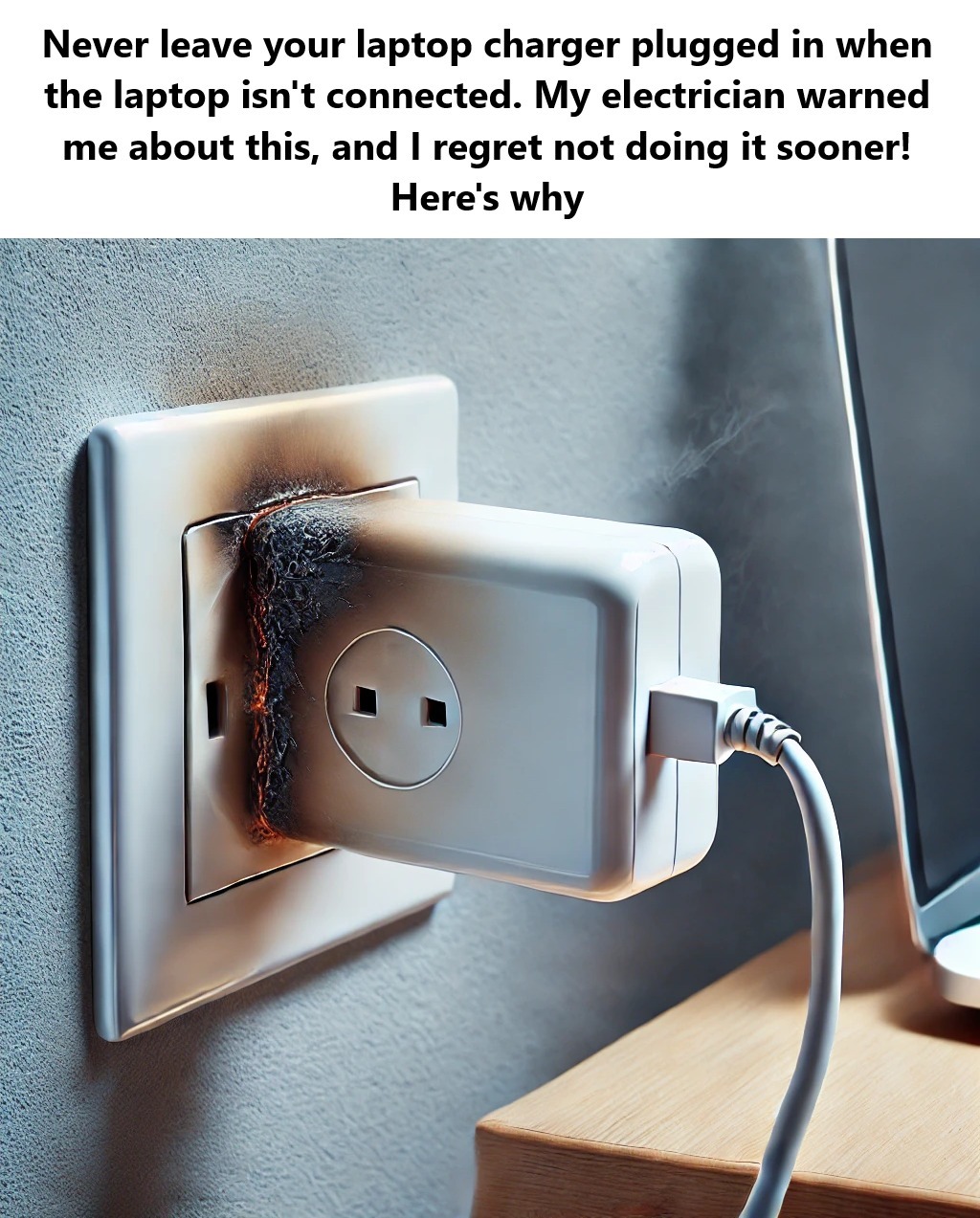Thank You, Electrician!
In today’s digital age, our reliance on electronic devices is greater than ever. Laptops, in particular, have become indispensable tools for work, education, and entertainment. However, with this increased usage comes the responsibility of managing our devices wisely. One often overlooked aspect is the habit of leaving laptop chargers plugged in even when the device is not connected. While it may seem harmless, this practice can have several negative consequences. My electrician recently emphasized the importance of unplugging chargers when not in use, and I quickly realized the benefits of adopting this simple habit.
Understanding the Risks of Leaving Chargers Plugged In
Leaving your laptop charger plugged in when not in use poses several risks. Firstly, it can lead to unnecessary energy consumption, contributing to higher electricity bills and a larger environmental footprint. Additionally, chargers can generate heat even when not actively charging a device, which can pose a safety hazard over time. Understanding these risks is crucial for making informed decisions about how we manage our electronic devices.
The Electrician’s Warning: Insights from a Professional
During a routine electrical inspection, my electrician pointed out the potential dangers of leaving chargers plugged in. He explained that even when a laptop is not connected, the charger continues to draw a small amount of power, known as ‘vampire energy.’ This not only wastes electricity but also increases wear and tear on the charger itself, potentially leading to premature failure. His professional insight was a wake-up call, highlighting the importance of unplugging chargers to prevent unnecessary risks.
The Science Behind Energy Waste and Its Impact
The phenomenon of ‘vampire energy,’ also known as ‘phantom load,’ occurs when electronic devices consume power even when they are turned off or in standby mode. Chargers left plugged in contribute to this energy waste, which, although seemingly insignificant on an individual level, adds up to a substantial amount of wasted energy globally. This unnecessary consumption not only affects your electricity bill but also contributes to the depletion of natural resources and increased carbon emissions.
Potential Fire Hazards and Safety Concerns
Chargers that remain plugged in can become potential fire hazards. Over time, the continuous flow of electricity can cause the charger to overheat, especially if it is placed on a flammable surface or surrounded by other heat-generating devices. This risk is exacerbated by the possibility of manufacturing defects or damage to the charger, which can increase the likelihood of electrical fires. Ensuring chargers are unplugged when not in use is a simple yet effective way to mitigate these safety concerns.
Financial Implications: How Leaving Chargers Plugged In Affects Your Bill
While the cost of leaving a single charger plugged in may seem negligible, the cumulative effect of multiple devices can lead to noticeable increases in your electricity bill. By unplugging chargers when not in use, you can reduce energy waste and potentially save a significant amount of money over time. This small change in habit can lead to substantial financial savings, making it a worthwhile consideration for any household.
Environmental Considerations: Reducing Your Carbon Footprint
Reducing energy waste is an important step in minimizing our carbon footprint. By unplugging chargers when they are not needed, we can decrease our overall energy consumption and contribute to a more sustainable environment. This simple action aligns with broader efforts to conserve energy and reduce greenhouse gas emissions, helping to protect the planet for future generations.
Personal Experience: Why I Regret Not Listening Sooner
see continuation on next page

